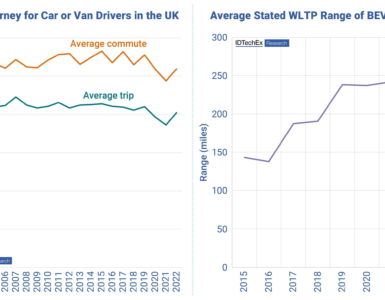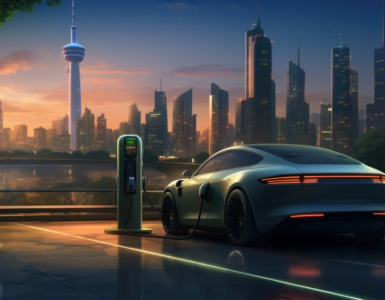Hydrogen Powered 1948 Chevrolet 3100 is proof that supercharged V8s don’t have to die – autoevolution.
With most carmakers inching closer to total electrification, it sure seems like the internal combustion engine is only a few years away from going into the history books. Yeah, small-displacement mills may live to see 2030. But most experts agree that high-performance V8 and V12 mills will go extinct much sooner than that.
At first glance, it looks like a sad scenario we can’t get out of. However, Mike Copeland of Arington Performance argues that we shouldn’t say goodbye to big-displacement V8 engines just yet. And he put together a cool restomod to prove it.
The 1948 Chevrolet 3100 truck you see here may look like a traditional hot rod on the outside, but it hides something a bit unconventional under the hood. While it draws juice from a supercharged, 6.2-liter V8, the LS3 in question is not a gas-guzzler. Instead of gulping gasoline to spin the wheels, the V8 unit feeds on hydrogen. Meet “Zero,” the hydrogen-powered hot rod that may change the fate of high-performance ICE engines.
🔥 What about we co-host a webinar? Let's educate, captivate, and convert the hydrogen economy!
Hydrogen Central is the global go-to online magazine for the hydrogen economy, we can help you host impactful webinars that become a global reference on your topic and are an evergreen source of leads. Click here to request more details
First unveiled at the 2022 SEMA Show, Copeland’s unusual hot rod has been a work in progress for about two years now. But that’s not to say it’s not a reliable vehicle. Sure, it’s a little limited on tank capacity for now. But Mike says he “can take it pretty much anywhere” he wants in its current configuration.
So how exactly does it work? Well, unlike hydrogen-powered cars like the Toyota Mirai, this Chevrolet doesn’t use hydrogen fuel cells that generate power. Instead, it relies on an internal combustion V8 engine that runs on gaseous hydrogen. The latter comes from a sizable tank mounted in the bed, which is pretty much the only hint that this truck doesn’t need gasoline to move about.
And yes, even though it runs on hydrogen, it sounds like a proper V8 hot rod. Once the pedal hits the floor, the supercharged LS3 roars like there’s no tomorrow, which is incredibly satisfying when compared to zero-emission vehicles that use hydrogen fuel cells, battery stacks, and electric motors.
It’s quite powerful too, with the modified LS3 sending “over 400” horsepower to the wheels, but Copeland says the hydrogen-powered V8 is capable of much more than that. He will be able to demonstrate that once he gets his hands on a set of bigger custom-made injectors.
Once installed, they will enable the V8 to deliver between 550 to 600 horsepower. All that with only water and steam coming out of the exhaust pipe? Yup, it sounds like a great and efficient way to keep big-displacement V8 engines alive.
And the even bigger news is that Mike is planning to use his truck to develop an aftermarket hydrogen fuel conversion package. The goal is to come up with an affordable way to keep classic cars on the road once gasoline and diesel fuels are phased out.
Of course, Copeland isn’t the only one going down this road. Some automakers are also exploring ICE to hydrogen conversions. Toyota has been at it for a few years now, having already developed a race-spec Corolla for the Super Taikyu Series, as well as a GR Yaris prototype for the World Rally Championship. At Toyota Auto Salon 2023, the Japanese carmaker showcased an old AE86 fitted with a hydrogen-burning four-cylinder engine.
But until these conversions become mainstream, let’s have a closer look at the zero-emissions 1948 Chevrolet 3100 in the video below.
READ the latest news shaping the hydrogen market at Hydrogen Central
Hydrogen-Powered 1948 Chevrolet 3100 Is Proof That Supercharged V8s Don’t Have to Die, February 8, 2023







